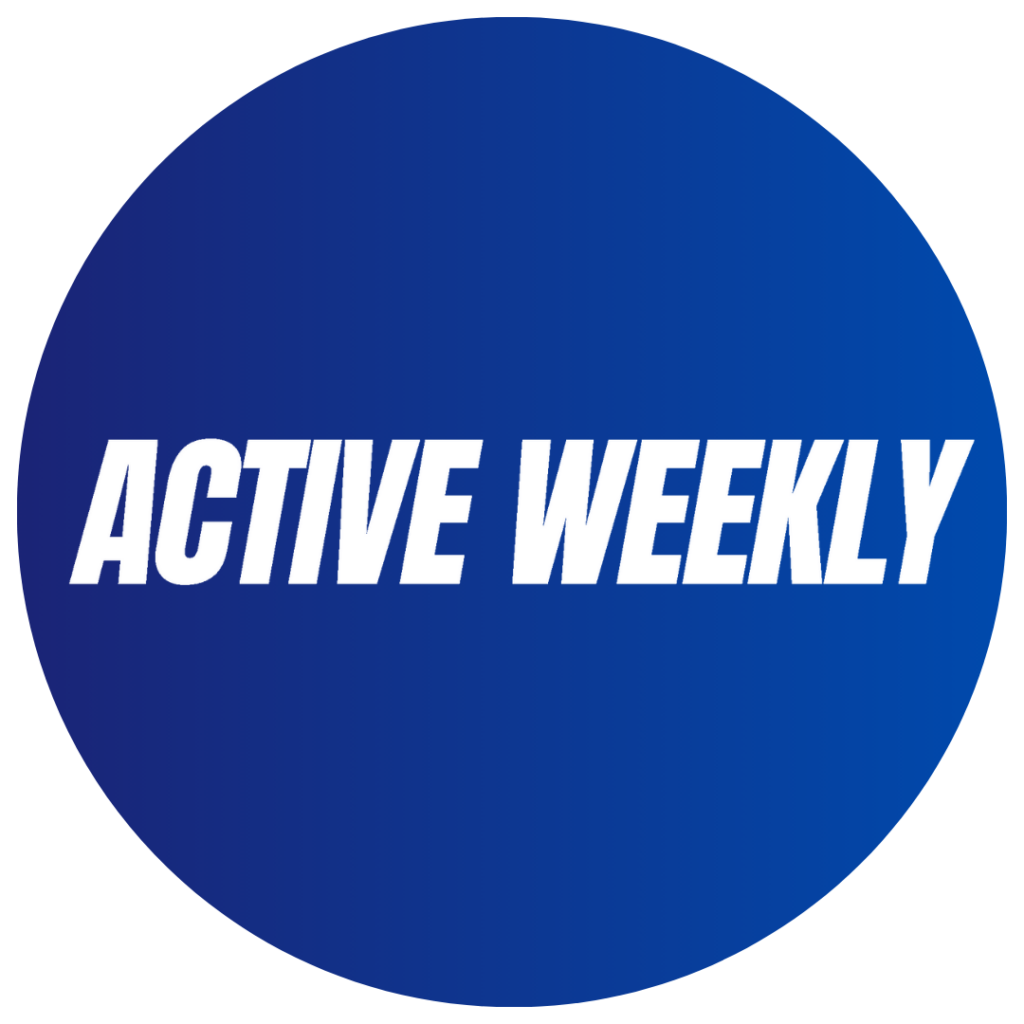The terms heart attack, stroke, and aneurysm often surface in discussions about serious health concerns, sometimes causing confusion due to their shared connection to the body’s circulatory system. While distinct in their immediate presentation and specific impact, these conditions all highlight critical vulnerabilities within the cardiovascular network. Gaining a clear understanding of what each involves, along with their common risk factors, is a powerful step toward proactive health management. It moves individuals beyond simple recognition of the terms to a deeper appreciation of the measures that can safeguard long-term well-being.
Read Also: Heart Health: Simple Steps for a Stronger Cardiovascular System
Each of these conditions represents a sudden and often life-threatening event that disrupts the normal flow of blood, thereby depriving vital tissues of oxygen and nutrients. A heart attack primarily affects the heart muscle, a stroke impacts the brain, and an aneurysm, though it can occur anywhere, becomes most critical when it involves major arteries, particularly in the brain or aorta. Despite their differences, many underlying factors contribute to the likelihood of experiencing any of these serious health challenges. Recognizing these shared influences is key to adopting a comprehensive approach to prevention.
What Are the Key Risk Factors for a Heart Attack?
A heart attack, medically known as a myocardial infarction, occurs when the blood flow to a part of the heart muscle is severely reduced or blocked, usually due to a buildup of plaque in the arteries that supply the heart. This plaque, made of cholesterol and fatty substances, can rupture, leading to the formation of a blood clot that obstructs blood flow. Several factors significantly increase an individual’s risk of experiencing this event. High blood pressure consistently pushes against artery walls, causing damage and accelerating plaque accumulation. Similarly, high levels of certain types of cholesterol in the blood contribute directly to plaque formation.

Photo Credit: Unsplash.com
Unmanaged diabetes can damage blood vessels throughout the body, including those supplying the heart, making them more susceptible to blockages. Lifestyle choices also play a crucial role. Tobacco use, including smoking and vaping, constricts blood vessels and increases the likelihood of clot formation. A diet high in saturated fats, trans fats, and sodium, coupled with a lack of physical activity and excess body weight, further elevates the risk. While some factors like age and family history cannot be changed, a significant number of risk factors for a heart attack are influenced by daily habits and can often be managed effectively through conscious decisions and medical guidance.
How Do Risk Factors for Stroke Compare to Those for a Heart Attack?
A stroke occurs when the blood supply to part of the brain is interrupted or reduced, depriving brain tissue of oxygen and nutrients. Similar to a heart attack, the most common type of stroke, an ischemic stroke, is caused by a blockage in a blood vessel supplying the brain, often due to a blood clot or plaque. A less common but severe type, a hemorrhagic stroke, happens when a blood vessel in the brain leaks or bursts. Many of the risk factors for stroke overlap considerably with those for a heart attack, underscoring the systemic nature of cardiovascular health.
High blood pressure is arguably the most significant risk factor for stroke, as it weakens blood vessels over time, making them more prone to rupture or blockage. High cholesterol and diabetes also contribute by promoting arterial damage. Smoking, excess body weight, and physical inactivity similarly increase stroke risk. Certain heart conditions, such as atrial fibrillation, an irregular heartbeat, can lead to the formation of blood clots in the heart that may travel to the brain. Understanding these shared risk factors reinforces the idea that maintaining overall circulatory health is a holistic endeavor, benefiting both the heart and the brain.
What Increases the Likelihood of an Aneurysm Forming or Rupturing?
An aneurysm is a bulge or ballooning in the wall of an artery, caused by a weakness in the blood vessel wall. While aneurysms can occur in any artery, they are particularly dangerous when they develop in the brain (cerebral aneurysms) or the body’s main artery, the aorta (aortic aneurysms). The primary concern with an aneurysm is the risk of it rupturing, which can lead to severe internal bleeding and often fatal outcomes. Factors that weaken artery walls or increase pressure within them significantly raise the risk.
Consistently high blood pressure is a leading cause, as the constant force against weakened arterial walls can cause them to bulge and thin over time. Atherosclerosis, the hardening and narrowing of arteries due to plaque buildup, also contributes to wall weakness. Smoking is another major risk factor, as it can directly damage artery walls and contribute to their stiffening. Excessive alcohol consumption and the use of certain substances can also weaken vessel integrity. While some aneurysms are present from birth due to a congenital weakness in the vessel wall, many develop over time due to a combination of these acquired risk factors and genetic predispositions. The larger an aneurysm grows, and the thinner its wall becomes, the greater the likelihood of rupture.
What Are the Common Signs Indicating a Potential Emergency?
Recognizing the warning signs of a heart attack, stroke, or a ruptured aneurysm is critical, as timely medical attention can dramatically improve outcomes. A heart attack often presents with chest discomfort, described as pressure, squeezing, fullness, or pain. This discomfort might spread to one or both arms, the back, neck, jaw, or stomach. Shortness of breath, cold sweat, nausea, or lightheadedness can also occur. It is important to note that symptoms can vary, especially for different individuals.

Photo Credit: Unsplash.com
For a stroke, the signs often appear suddenly and affect one side of the body. A helpful acronym is “FAST”: Face drooping (one side of the face droops when smiling), Arm weakness (one arm drifts downward when raised), Speech difficulty (slurred or strange speech), and Time to call emergency services immediately if any of these signs are observed. Other stroke symptoms might include sudden numbness or weakness, confusion, trouble seeing, or a sudden, severe headache with no known cause.
A ruptured brain aneurysm typically causes a sudden, excruciating headache, often described as the “worst headache of one’s life.” This can be accompanied by a stiff neck, nausea, vomiting, sensitivity to light, blurred or double vision, sudden confusion, or loss of consciousness. A ruptured aortic aneurysm might present with sudden, severe pain in the chest, back, or abdomen. Recognizing these distinct but urgent signals is paramount for immediate action and potentially life-saving intervention.
Why Is a Proactive Approach to Cardiovascular Health So Important?
Understanding the risks associated with heart attack, stroke, and aneurysm underscores the immense importance of a proactive and preventative approach to cardiovascular health. Many of the shared risk factors for these conditions are modifiable through lifestyle changes and medical management. Adopting a heart-healthy diet rich in fruits, vegetables, whole grains, and lean proteins, while limiting saturated and trans fats, sodium, and added sugars, forms a strong foundation. Regular physical activity, aiming for at least 150 minutes of moderate-intensity exercise per week, strengthens the heart and improves circulation.
Read Also: Healing Through the Ages: Discovering Ancient Health Traditions
Maintaining a healthy body weight, managing blood pressure and cholesterol levels through lifestyle or medication, and avoiding tobacco use are all critical steps. For individuals with diabetes, diligent management of blood sugar is vital. Regular health check-ups allow healthcare professionals to monitor key indicators and identify potential risks early. By taking these preventative measures, individuals can significantly reduce their likelihood of experiencing a heart attack, stroke, or aneurysm. This informed and active engagement in one’s health journey empowers people to protect their circulatory system, fostering a longer, healthier life free from these significant challenges.





